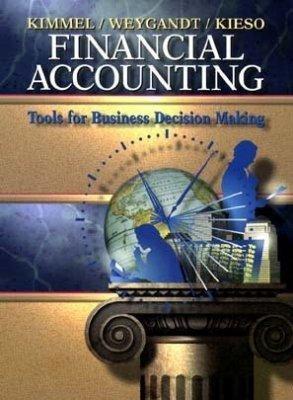FINA 2103 -Personal Financial Management and Planning Test 4A 1. In investing, principleis very relevant, that nothing happens without a plan 2 One of the tips to getting your investment program statted is a. Buying that new car b. Making a down payment on the house c. Making investment automatic d. Paying 3. time Asset allocation is determining if you will ike to invest a. True b. False 4. b. False Bonds are examples of an ownership investment 5. a. True Investment is putting money in an asset that generates value or a return a. True b. False 6. and are two steps involved in making an investment plan a. Attach costs to each goal/make more money b. write your goals down/reevaluate them c put a time to when money is needed/plan for retirement d. attach costs to each goal/tisk and return are related 7. 8 laterest income is NOT an investment return a. True b. False The real rate of return does not take inflation into consideration a. True b. False 9. Principle emphasizes that the earlier you start investing, the better (time value of money) depends entirely on supply and demand 10. , a. Investment b. Capital gains (c 11. is an example of a lending investment a. Real estate b. Stocks c. Savings d. Bitcoin e. Mutual Funds d. Derivatives e. Rent question to ask in investment planning to ensure focus is How much money do I need? b. how old am IP c. how much money do I make? d. where do I live? 13. When an investment goes down in value, it is called a. Investment gain b. Capital gain c. Capital loss d. Asset loss 14. A nominal interest rate is the rate of return quoted on an investment a. True 15. Diversification is principle 16. Unsystematic risk is diversifiable a. True b.False b. False 17. Time Horizon is not a factor impacting asset allocation decision a. True b. Fabe 18. is following the where everyone else is investing a. House effect b. Disposition effect c. Crowd effect d. Herd Behavior e. None of the above a. Treasury bills b. Stocks c. Mutual Funds d. Bonds dividend per share during the 6 months, how much profit or loss have you made on the transaction? 19. The shorter the time horizon for investing, the more risk you can take a.True b. False 20. The riskiest investments are 21. You bought 400 shares at $90 each. After 6 months, the shares are now worth $60 each. If the company paid S1 a. $12,000 gain b. $12,000 loss $11,400 loss d. $11,400 gain e. $12,600 loss 22. All risks can be diversified a. True b. False 24. A disadvantage of an ownership investment is that you do not share in the gain of the company invested in a. True b. False 25. Your capacity fot risk and financial situation is a factor in determining how your asset allocation is done. FINA 2103 -Personal Financial Management and Planning Test 4A 1. In investing, principleis very relevant, that nothing happens without a plan 2 One of the tips to getting your investment program statted is a. Buying that new car b. Making a down payment on the house c. Making investment automatic d. Paying 3. time Asset allocation is determining if you will ike to invest a. True b. False 4. b. False Bonds are examples of an ownership investment 5. a. True Investment is putting money in an asset that generates value or a return a. True b. False 6. and are two steps involved in making an investment plan a. Attach costs to each goal/make more money b. write your goals down/reevaluate them c put a time to when money is needed/plan for retirement d. attach costs to each goal/tisk and return are related 7. 8 laterest income is NOT an investment return a. True b. False The real rate of return does not take inflation into consideration a. True b. False 9. Principle emphasizes that the earlier you start investing, the better (time value of money) depends entirely on supply and demand 10. , a. Investment b. Capital gains (c 11. is an example of a lending investment a. Real estate b. Stocks c. Savings d. Bitcoin e. Mutual Funds d. Derivatives e. Rent question to ask in investment planning to ensure focus is How much money do I need? b. how old am IP c. how much money do I make? d. where do I live? 13. When an investment goes down in value, it is called a. Investment gain b. Capital gain c. Capital loss d. Asset loss 14. A nominal interest rate is the rate of return quoted on an investment a. True 15. Diversification is principle 16. Unsystematic risk is diversifiable a. True b.False b. False 17. Time Horizon is not a factor impacting asset allocation decision a. True b. Fabe 18. is following the where everyone else is investing a. House effect b. Disposition effect c. Crowd effect d. Herd Behavior e. None of the above a. Treasury bills b. Stocks c. Mutual Funds d. Bonds dividend per share during the 6 months, how much profit or loss have you made on the transaction? 19. The shorter the time horizon for investing, the more risk you can take a.True b. False 20. The riskiest investments are 21. You bought 400 shares at $90 each. After 6 months, the shares are now worth $60 each. If the company paid S1 a. $12,000 gain b. $12,000 loss $11,400 loss d. $11,400 gain e. $12,600 loss 22. All risks can be diversified a. True b. False 24. A disadvantage of an ownership investment is that you do not share in the gain of the company invested in a. True b. False 25. Your capacity fot risk and financial situation is a factor in determining how your asset allocation is done







